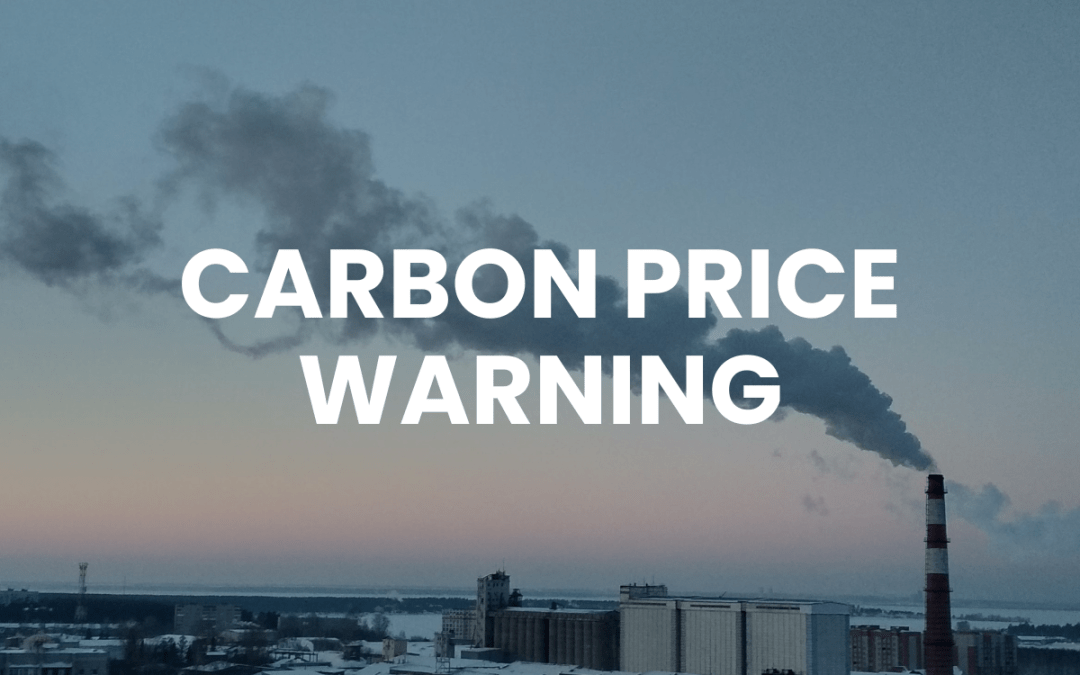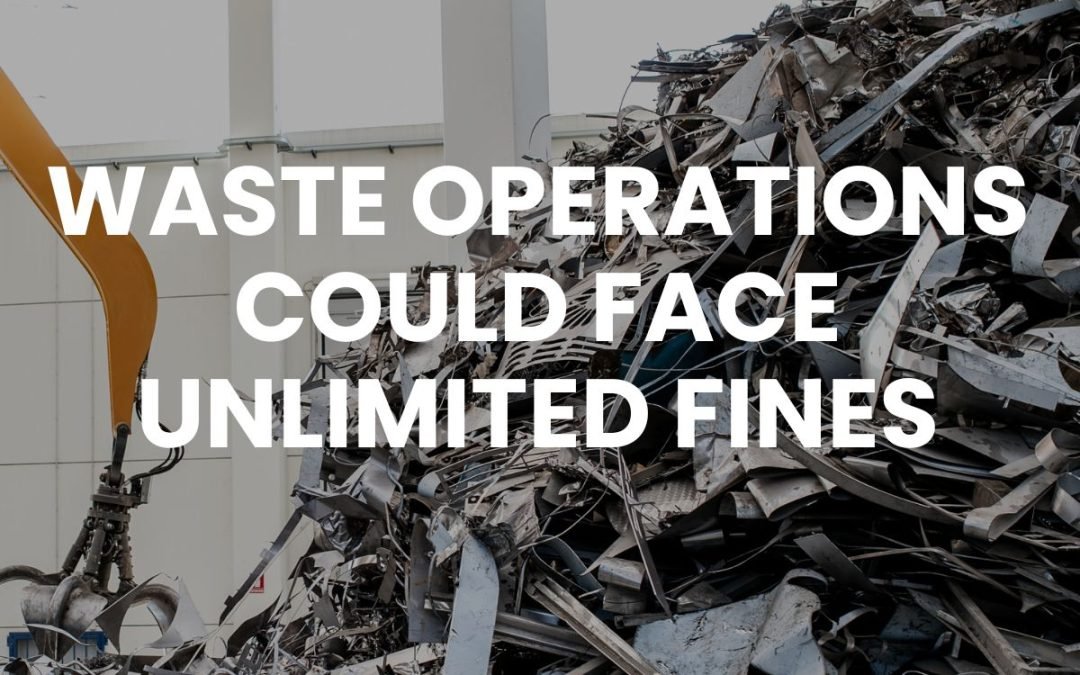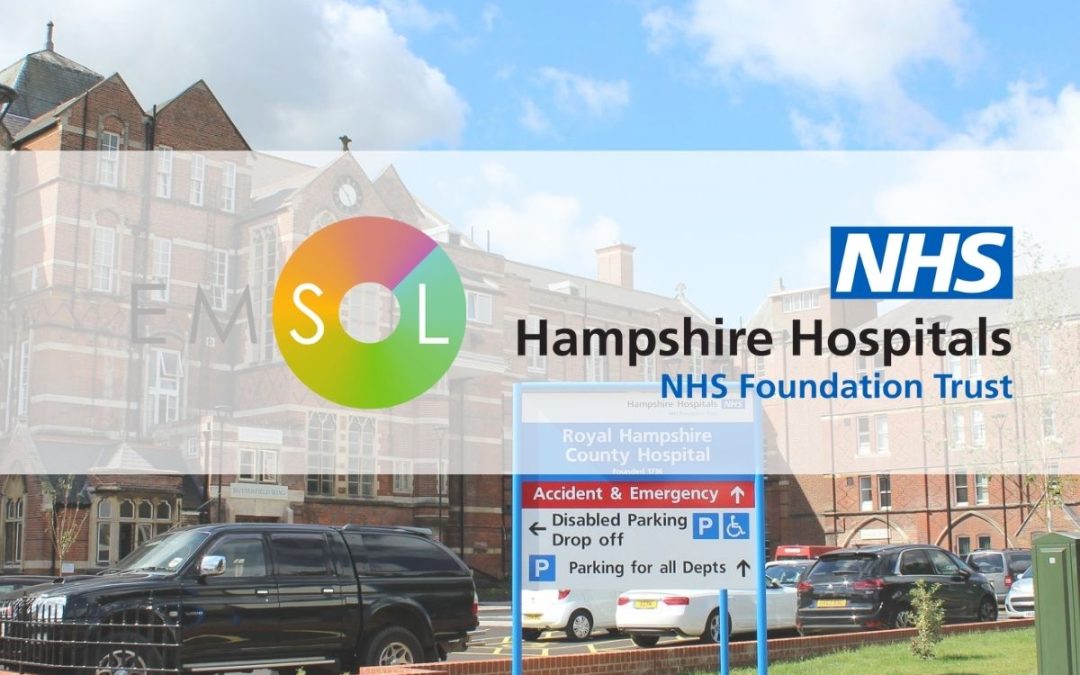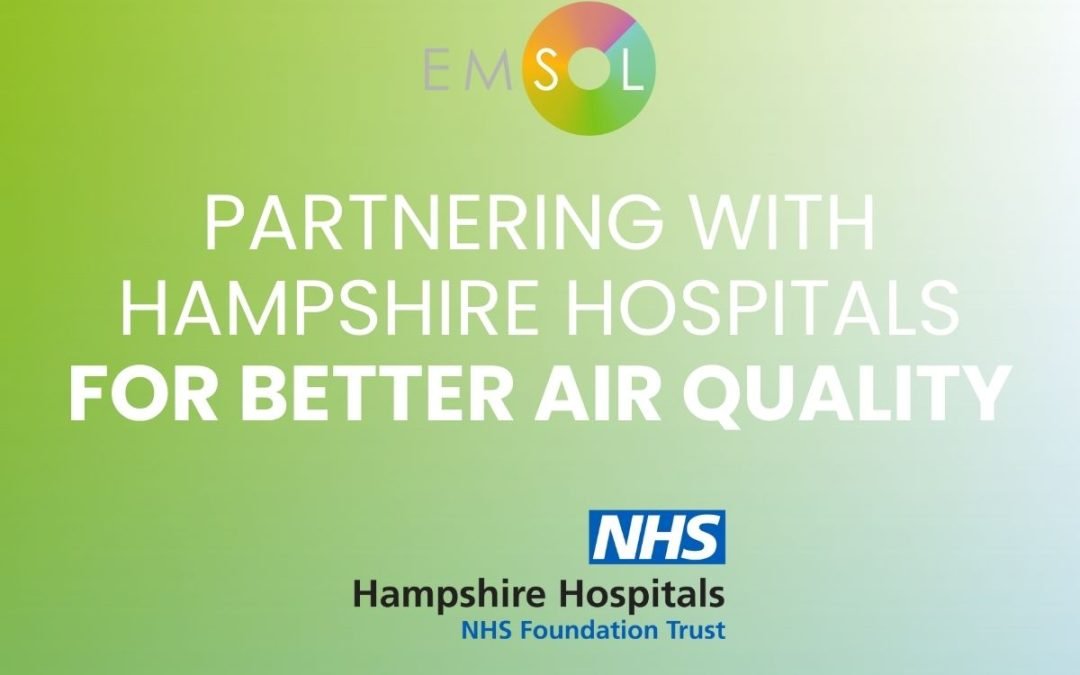Smog is one of the most prevalent and dangerous forms of air pollution in UK city centres under certain weather conditions. But what causes this toxic haze, why is the health impact so severe, and how can councils take action against it?
As an air quality monitoring specialist, EMSOL helps both public and private sector organisations identify pollution sources, capture real-time data, and drive targeted reductions. Our expertise allows you to deeply understand issues like smog while providing intelligence to alleviate such threats.
What is Smog?
Smog refers to a visible type of air pollution hanging over urban areas. The term emerged from combining “smoke” and “fog” – the two key ingredients initially creating the smog conditions in London.
The term has a history in London following the Great Smog of 1952 when smoke emissions combined with a natural fog, creating a heavy smog that blanketed the city for 5 days. This horrific event was directly blamed for an estimated 12,000 deaths.
While less smoke filled today, modern photochemical smog carries substantial health consequences. Specific elements like sunlight, stagnant air, and chemical transport emissions interact to manufacture this respiratory health hazard locally.
Causes and Formation
Three factors converge to create smog across UK cities:
- Emissions – Nitrogen oxides (NOx), volatile compounds, carbon monoxide and fine particles (PM2.5) from vehicles, generators, construction equipment and other combustion sources.
- Heat and Sunlight – Warm air and sunshine bake the emissions driving reactions. Hot summer days see ideal conditions.
- Still Air – Calm winds prevent dispersion allowing concentration near ground level during inversion events.
These ingredients blend as sunlight breaks emissions down into reactive troublemakers like ozone and aldehydes while partially burnt carbon creates fine particles. This chemical haze can quickly reach hazardous levels.
Health Effects
Both short and long term smog exposure imposes respiratory, heart, neurological, reproductive, and developmental health risks as particles penetrate deep into lungs:
- Coughing, breathing issues, wheezing
- Lung damage, impaired function
- Increased admissions and ER visits
- Heightened asthma attacks
- Accelerated mental decline
- Adverse birth outcomes
What Can Cities Do?
Though formidable, coordinated efforts can cut smog pollution:
- Low emission zones restricting high-emitting transport
- Fleet transitions towards electric
- Expand monitoring capabilities with sensor networks
- Issue public health alerts during events
- Increase green buffers absorbing precursors
Well-designed policies can help cities overcome the smog menace. Our expertise allows both tracking progress and identifying areas for improvement.
If you are looking for air quality monitoring that goes beyond passive monitoring and data logging, EMSOL can help. Target the cause of pollution and mitigate the impact fast. Contact us to find out more.





